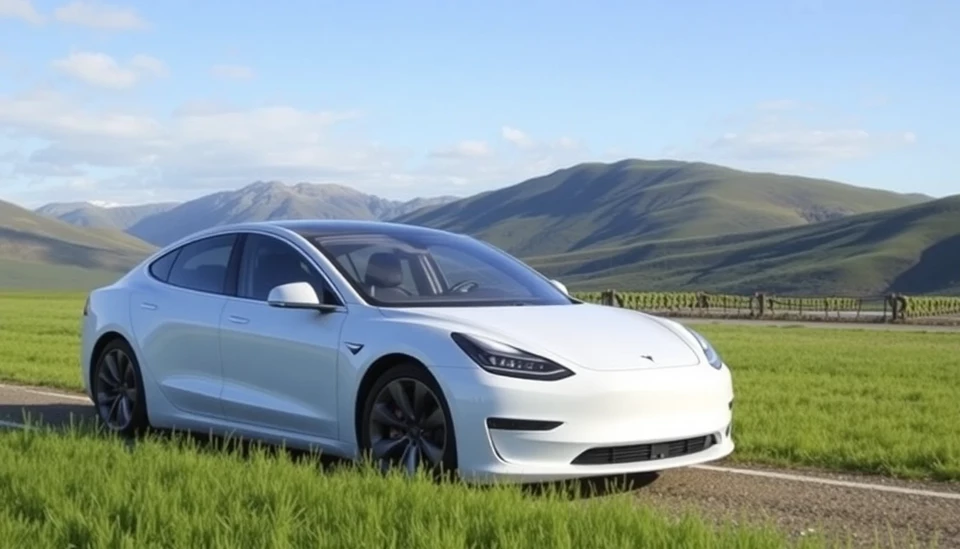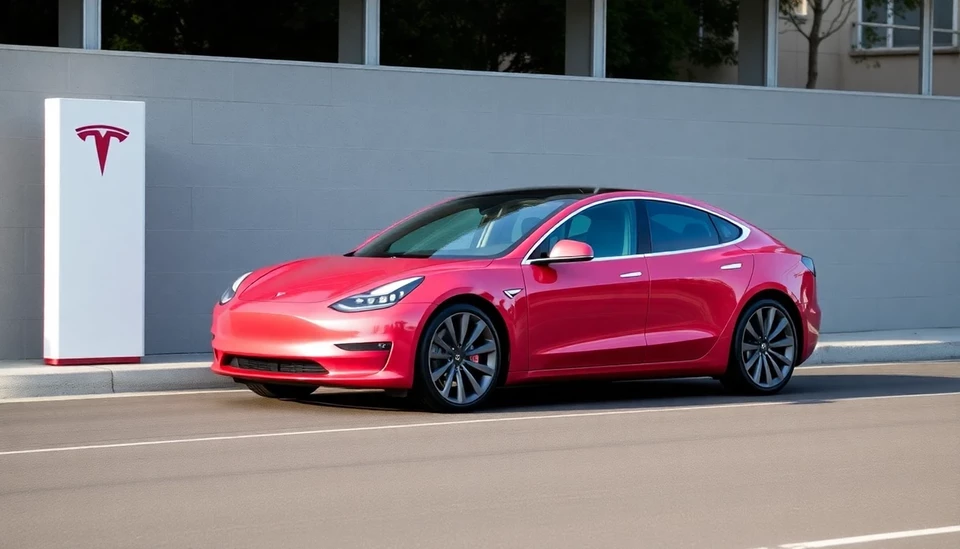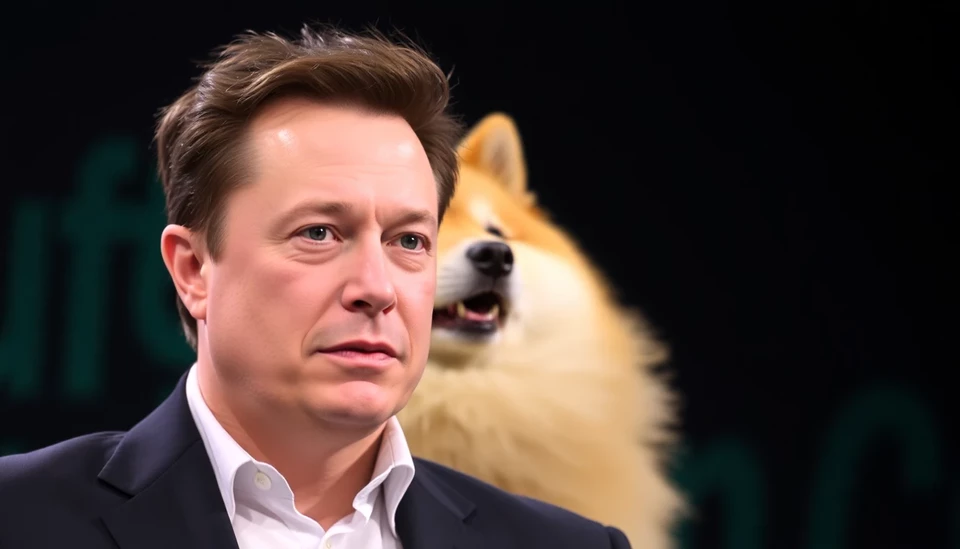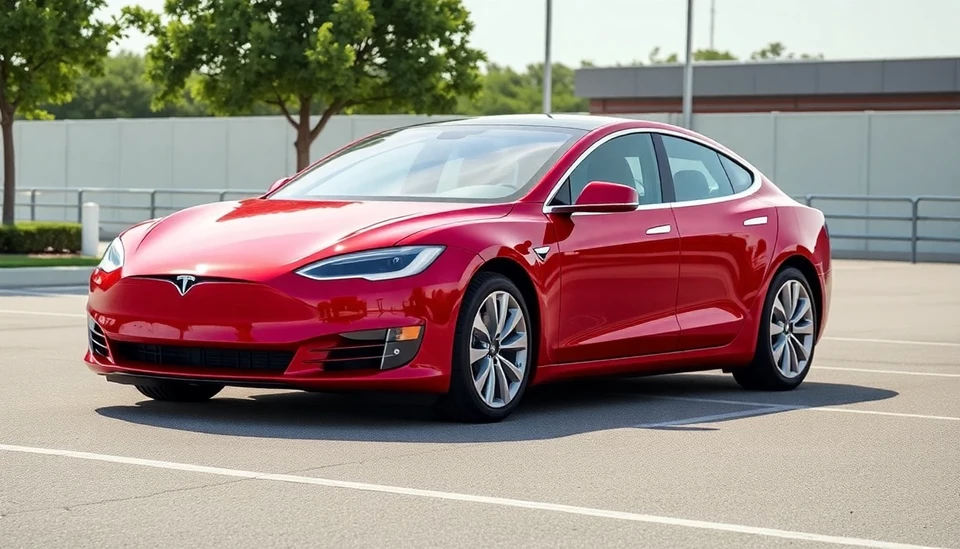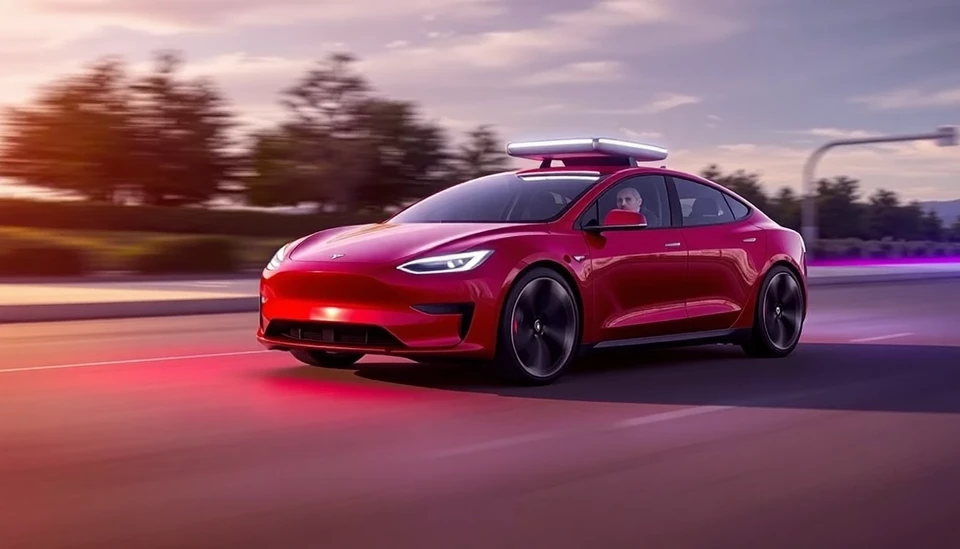
In a recent analysis, Bloomberg has illuminated the significant challenges facing Tesla’s highly anticipated robotaxi service. Initially slated to revolutionize urban transportation within a few short years, projections indicate that the rollout may be pushed back considerably, leaving the electric vehicle giant struggling to keep pace with competitors in the autonomous driving arena.
Tesla’s CEO, Elon Musk, has historically made bold claims regarding the potential of self-driving cars, promising that the company would soon release a fleet of robotaxis that could operate without human intervention. However, as 2025 approaches, industry experts are now cautioning that this ambitious timeline is overly optimistic, citing numerous technical and regulatory hurdles that still remain unsolved.
One of the primary concerns surrounding the robotaxi service is the complexity associated with developing a fully autonomous vehicle that can navigate in diverse and unpredictable environments. While Tesla has made significant advancements in its Autopilot technology, achieving full Level 5 autonomy—a state where the vehicle can manage all driving tasks in all conditions—remains elusive. Many analysts believe that Tesla’s current capabilities fall short of this goal, necessitating further research and development.
Moreover, Tesla faces stiff competition from several well-established players in the autonomous vehicle market. Companies like Waymo and Cruise are making substantial headway in testing and deploying their own robotaxi services, intensifying the race for dominance. These competitors benefit from extensive experience and partnerships that Tesla has yet to replicate, making it increasingly difficult for Musk’s vision to materialize in the near term.
Legal and regulatory frameworks also pose significant obstacles for the launch of Tesla’s robotaxi program. Governments around the world are still grappling with how to establish safe operating procedures for autonomous vehicles, and the patchwork of laws and regulations can hinder a swift rollout. As policymakers deliberate on safety standards and operational guidelines, Tesla’s plans risk being delayed further.
Additionally, public perception and trust in autonomous technology remain critical factors for successful implementation. Many consumers are still wary of self-driving vehicles, which could impact demand for such services. Tesla will need to invest not only in improving its technology but also in earning the trust of potential users before launching a widely available robotaxi service.
Elon Musk’s vision for a fleet of autonomous taxis has the potential to change the way people think about transportation, but as it stands, the challenges are mounting. Investors and enthusiasts alike are now left to wonder how long it will actually take for Tesla's robotaxi dreams to finally come to fruition.
As the industry evolves, the race for robotaxis continues, but Tesla’s journey is proving more complex than previously anticipated. What was once seen as inevitable now seems fraught with uncertainties and challenges that may take years to resolve.
Stay tuned for further developments on Tesla’s robotaxi initiative and the broader conversation around autonomous driving technology as it progresses through these challenging waters.
#Tesla #Robotaxi #AutonomousVehicles #ElonMusk #TransportInnovation #SelfDriving #TechNews
Author: Samuel Brooks
